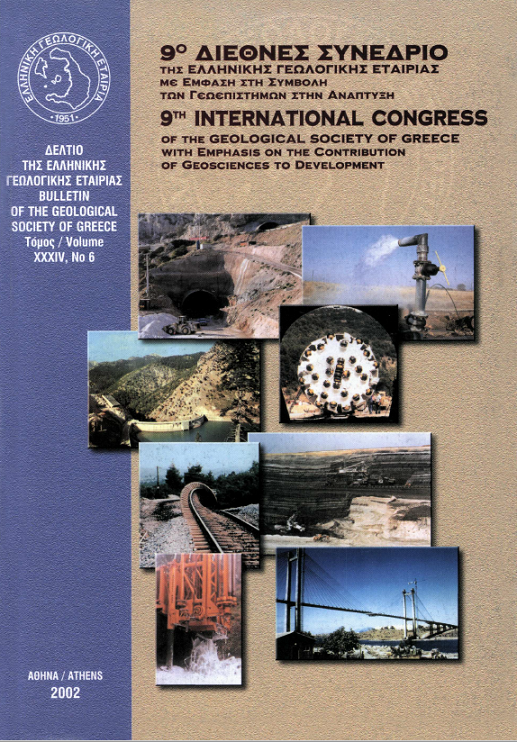Structural evolution and exhumation history of the Rhodope UHP-HP metamorphic province (Northern Greece)

Abstract
Middle/Early Alpine UHP-HP domain of the Rhodope (N'Greece) show pressures >3.6 Gpa. UHP-HP rocks have been emplaced in three major tectonic pulses: (i) At about 65->48 Ma the UHP Kimi Complex was exhumed at the surface representing the structurally uppermost UHP unit, (ii) Between > 42-30 Ma, the Sidironero, Kardamos and Kechros Complexes were exhumed underlying the Kimi Complex in the central and eastern Rhodope, respectively. They are characterized by HP-metamorphism (some parts by UHP-metamorphism), isothermal decompression and probably rapid exhumation. Exhumation tectonics involves deep level thrusting, synchronous high level extension, and successive post-thrusting extension. The post-thrusting Xanthi low angle normal detachment system extending over a distance of 100 km, from central Rhodope to eastern Rhodope, is interpreted to be responsible for a decrease in recent crustal thickness of about 20 km from central to eastern Rhodope. Lutetian (c. 48-43Ma) to Oligocene marine basins transgressed atop the Kimi Complex representing the upper plate of all detachment generations, (iii) The third exhumation pulse between 26 to 8 Ma, exhumed the Thasos/Pangeon metamorphic core complexes representing the structurally lowermost tectonic units of the Rhodope domain. Their exhumation occurred by displacements on the Miocene Strymon and Thasos detachment systems.
Article Details
- How to Cite
-
KROHE, A., & MPOSKOS, E. (2001). Structural evolution and exhumation history of the Rhodope UHP-HP metamorphic province (Northern Greece). Bulletin of the Geological Society of Greece, 34(1), 75–82. https://doi.org/10.12681/bgsg.16945
- Section
- General and Structural Geology

This work is licensed under a Creative Commons Attribution-NonCommercial 4.0 International License.
Authors who publish with this journal agree to the following terms:
Authors retain copyright and grant the journal right of first publication with the work simultaneously licensed under a Creative Commons Attribution Non-Commercial License that allows others to share the work with an acknowledgement of the work's authorship and initial publication in this journal.
Authors are able to enter into separate, additional contractual arrangements for the non-exclusive distribution of the journal's published version of the work (e.g. post it to an institutional repository or publish it in a book), with an acknowledgement of its initial publication in this journal. Authors are permitted and encouraged to post their work online (preferably in institutional repositories or on their website) prior to and during the submission process, as it can lead to productive exchanges, as well as earlier and greater citation of published work.









